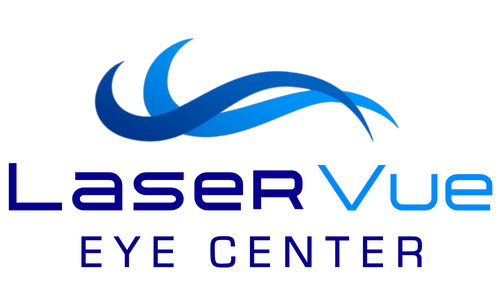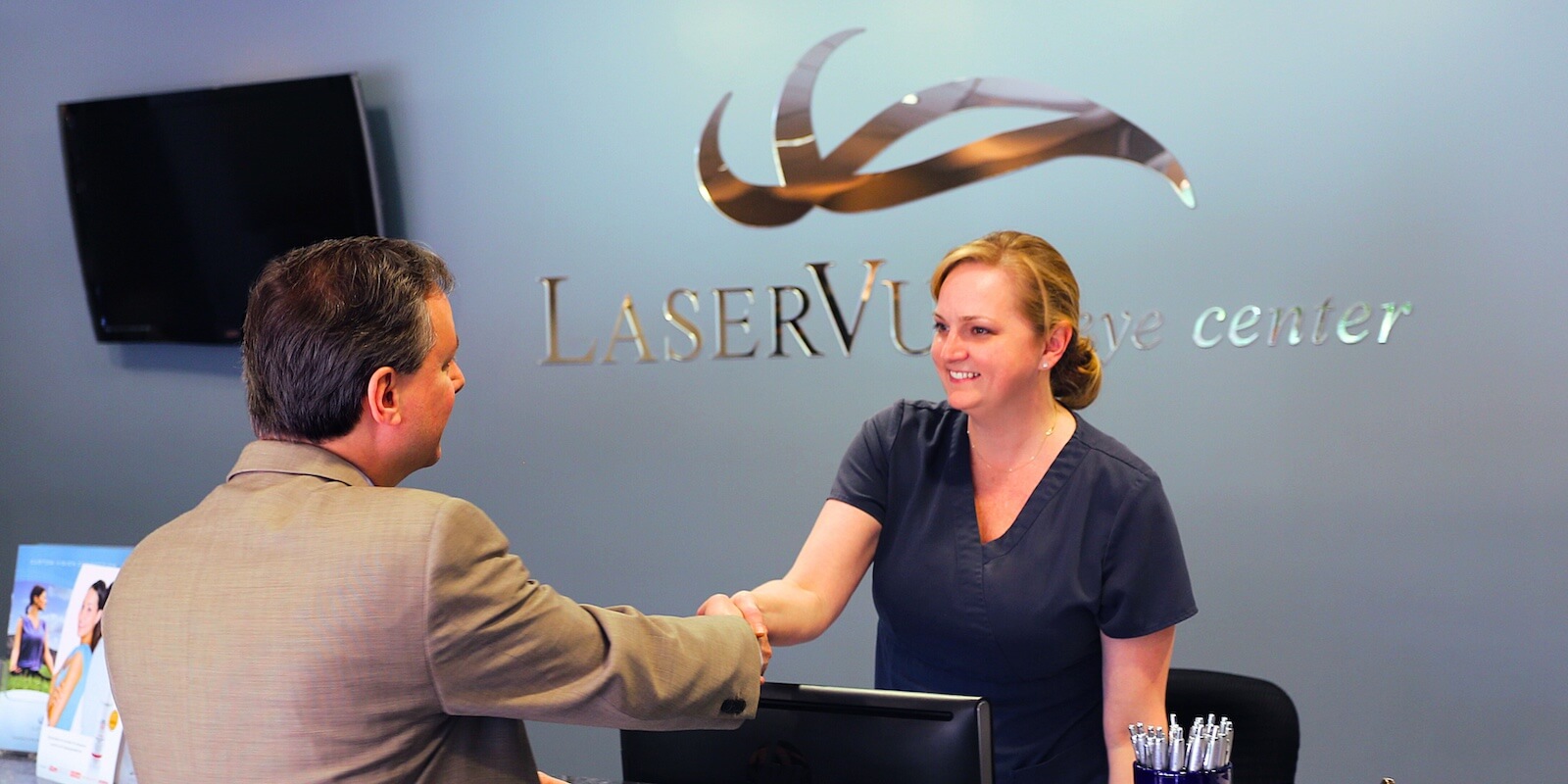Posted by: LaserVue LASIK & Cataract Center in Cataracts,Technology

Blade-free cataract surgery is a huge step forward from normal cataract surgery. Traditionally, cataract surgery wasn’t a type of laser eye surgery. With advancements in technologies and techniques, however, cataract surgery is more effective than ever before.
What are cataracts?
A cataract is common visual impairment identified by the clouding of the lens within the eye. When the lens gets too cloudy, light cannot pass through it and therefore the patient become blind. Cataracts are the most common cause of blindness today. While progressing to a more cloudy state, a cataract impairs vision to the point that the patient has trouble doing day-to-day activities, like driving, reading, or even recognizing faces. The good news is that cataracts are treatable.
Traditional cataract surgery
In traditional cataract surgery, the surgeon used tools to manually make incisions in the eye, breakup the cataract, and remove it. The surgeon first used a blade to make an incision on the limbus, which is the area of the eye where the cornea meets the sclera, or the white of the eye. This incision would allow the surgeon to use a process called phacoemulsification to break up the cataract. Phacoemulsification was accomplished by using ultrasonic waves to emulsify the cataract. The emulsified liquid was then removed using a micro vacuum.
Blade-free cataract surgery
Today, cataract surgery uses lasers to perform the surgery much more safely and much more effectively. In laser cataract surgery, the surgeon no longer uses a blade to make incisions in the eye, which is why the procedure is called “blade-free” cataract surgery. Instead, an extremely precise femtosecond laser makes the incisions in the limbus. The laser also performs “lens fragmentation,” which is an alternative process of breaking up the cataract for removal. Once the cataract is a manageable size, it can be safely removed from the eye. Finally, the surgeon can use the laser to perform a limbal relaxing incision, or LRI. The LRI can reduce or eliminate astigmatism altogether.
Blade-free laser cataract surgery makes many improvements on the original surgery. There are far less complications and far more options for the surgeon to perform the surgery better. Surgeries are quicker, more precise, and more predictable than before.
